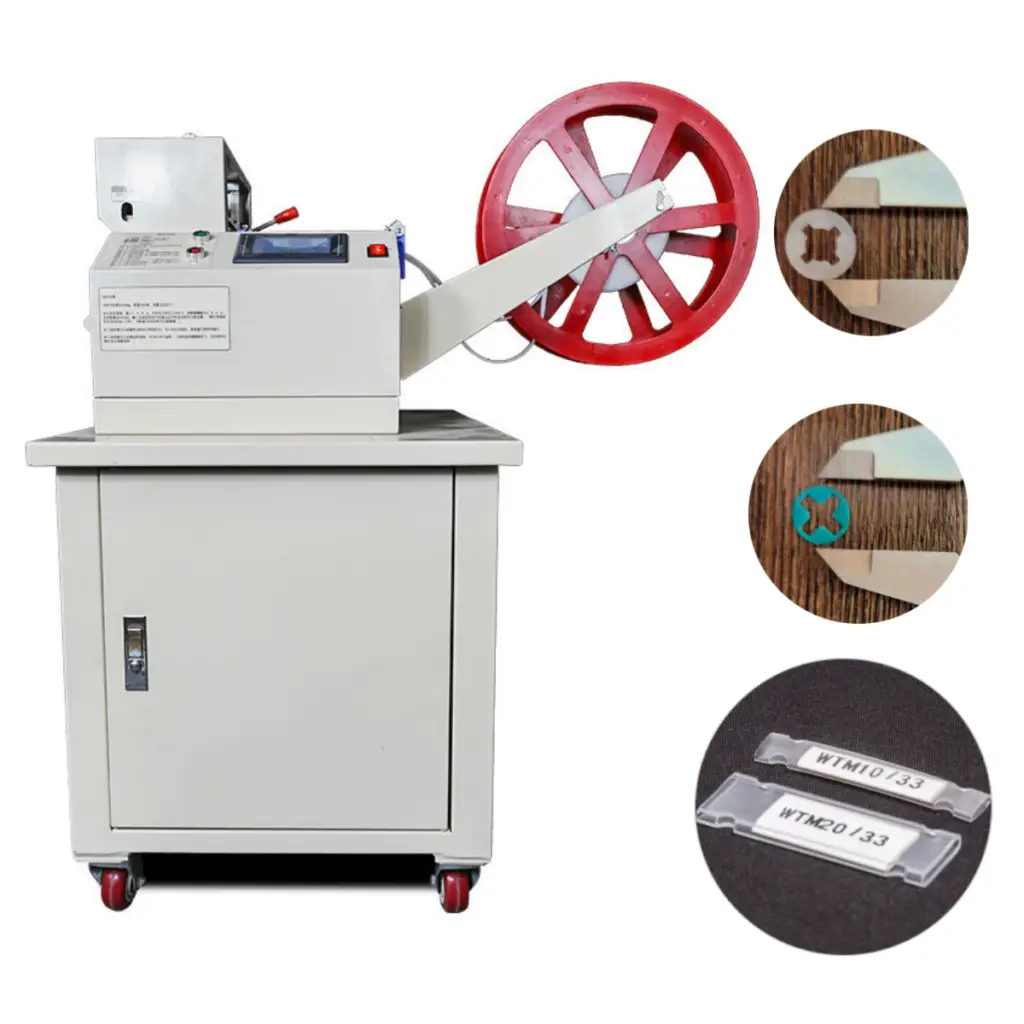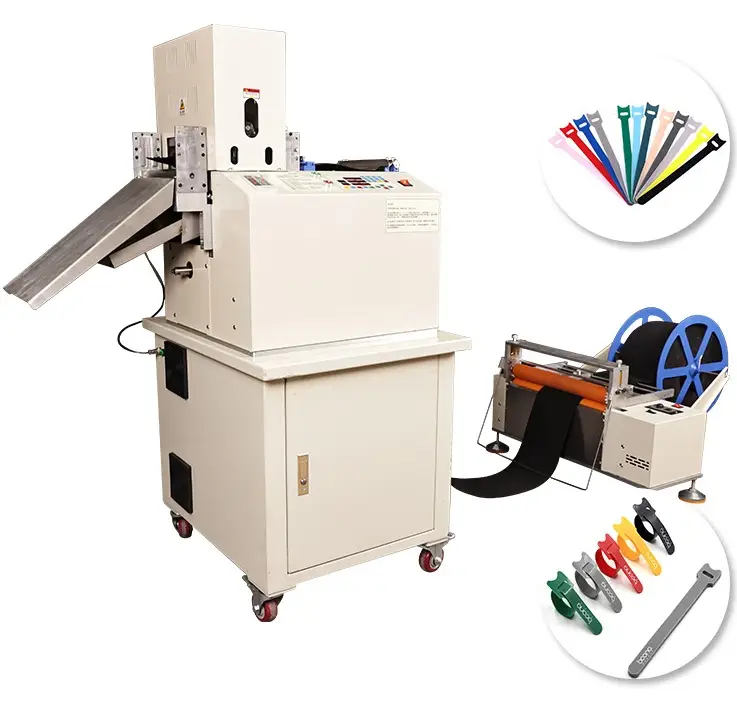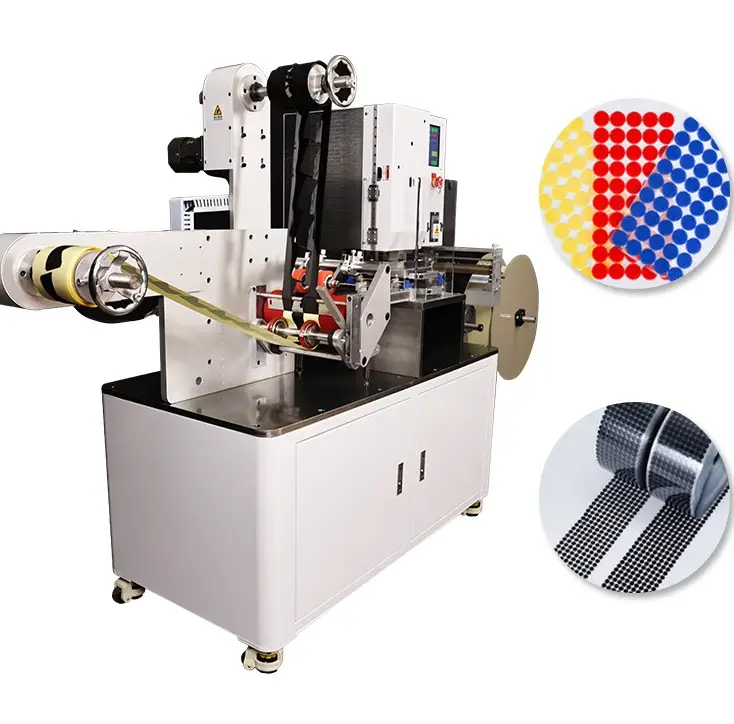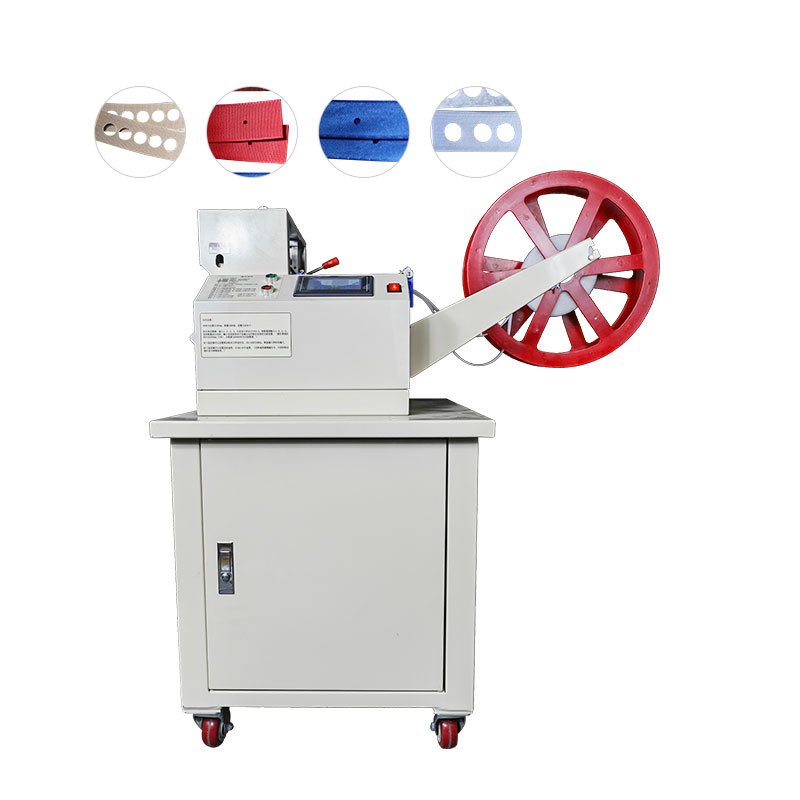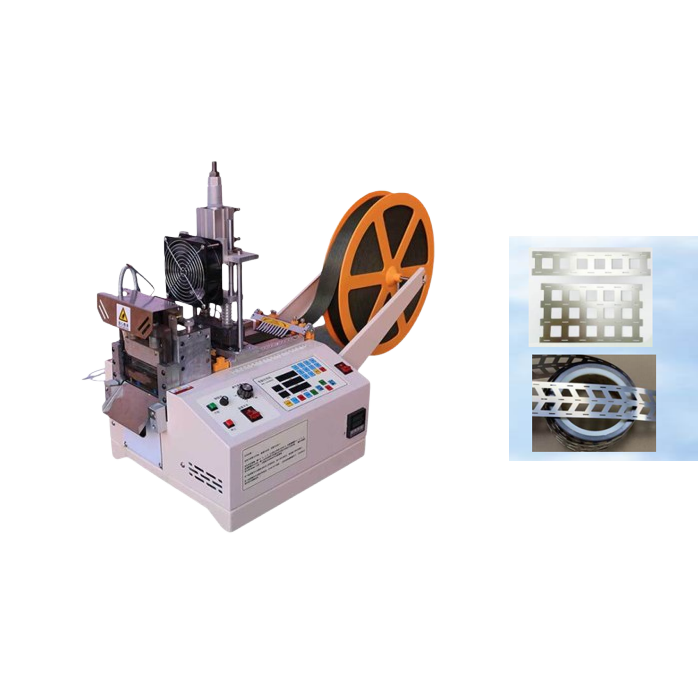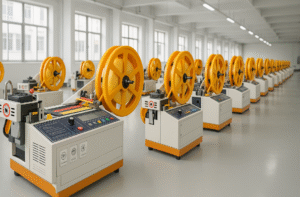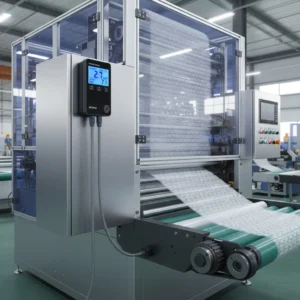What Safety Features Should You Check When Operating a Dog Collar Punching Machine?
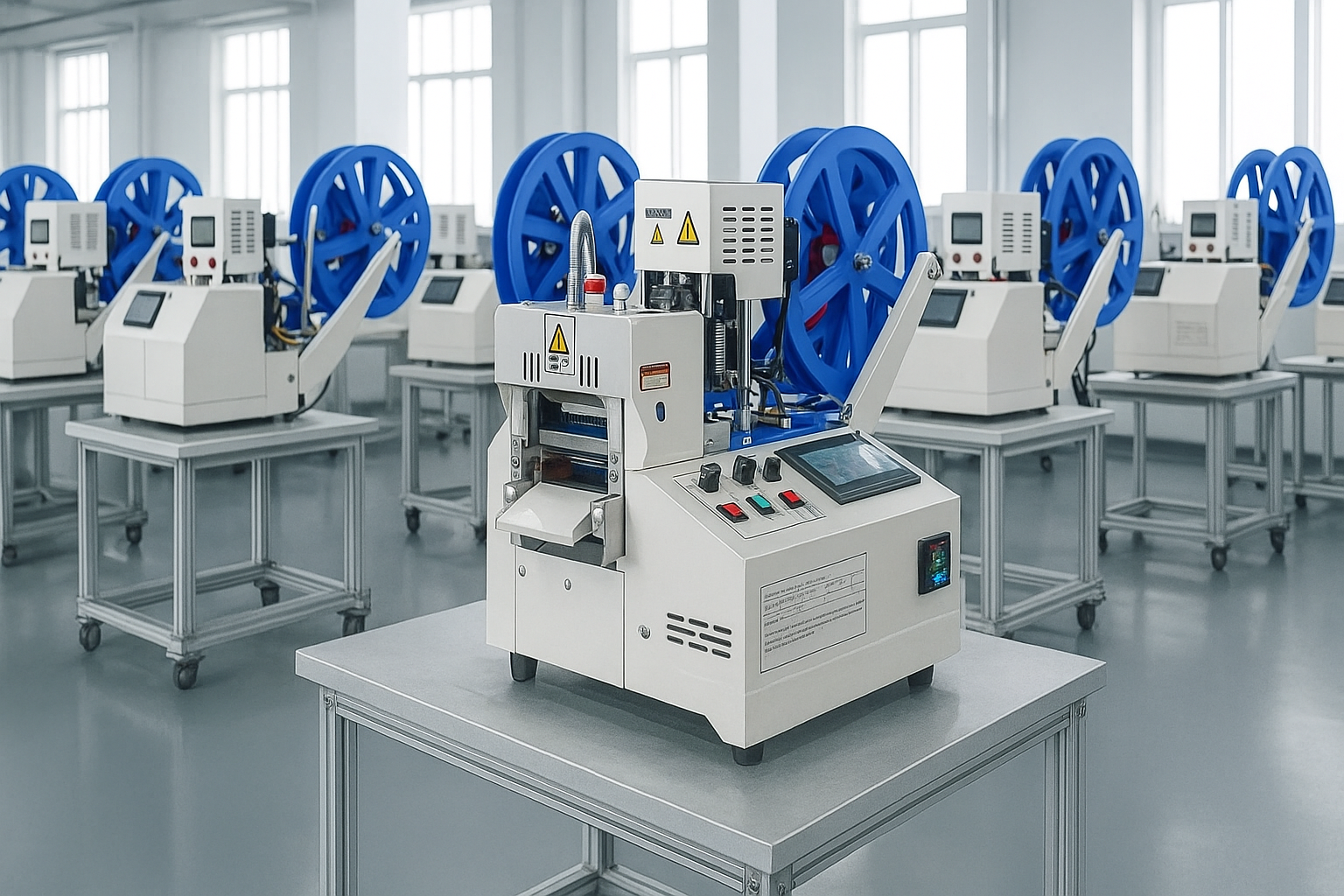
Never compromise on safety when working with powerful punching equipment.
Essential safety checks include emergency stop buttons1 (response time <0.5 seconds), finger guards (minimum 10mm thickness), and automatic pressure release when hands are detected near the danger zone.
1: Prioritize safety when using a dog collar punching machine to prevent workplace accidents.
2: Check for essential safety features like protective guards, emergency stop buttons1, and interlock systems.
3: Operators should undergo thorough training and follow standard operating procedures.
4: Always wear proper personal protective equipment (PPE)2 such as gloves and safety goggles.
5: Keep the workspace clean and clutter-free to minimize risks and ensure smooth operation.
Let’s examine how different power systems affect emergency response.
Emergency Stop Response Time Comparison: Pneumatic vs Hydraulic Models
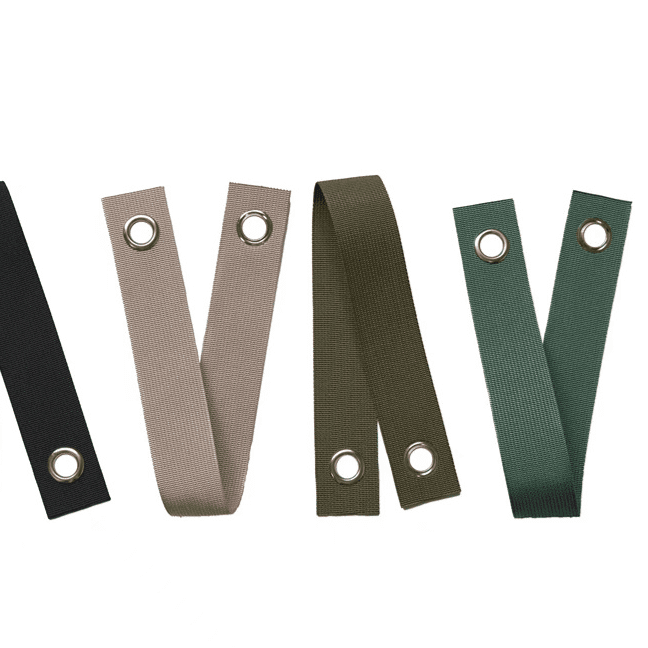
Response times can mean the difference between a close call and a serious injury.
Hydraulic systems stop faster (average 0.3 seconds) due to fluid compression properties, while pneumatic models typically require 0.4-0.6 seconds to fully depressurize.
Safety Feature Comparison Table
| Feature | Hydraulic Machine | Pneumatic Machine |
|---|---|---|
| Emergency stop time | 0.3s | 0.5s |
| Pressure release | Instant fluid lock | Gradual air bleed |
| Restart delay | 5-second safety lock | 3-second safety lock |
| Maintenance frequency | Monthly fluid check | Weekly air filter check |
| Safety certification | CE, UL | CE only |
Critical Safety Components:
Two-Hand Operation System:
- Must press both buttons simultaneously
- Minimum 50cm separation distance
- Prevents accidental activation [6]
Light Curtain Protection:
- Infrared beam detection
- Stops machine when interrupted
- Covers full front opening [4]
Mechanical Guards:
- Transparent polycarbonate covers
- Interlock switches (machine won’t run if open)
- Fixed barriers around moving parts
Response Time Testing Protocol:
- Engage machine at full speed
- Trigger emergency stop
- Measure time until complete cessation
- Verify pressure gauge returns to zero
| Safety Inspection Schedule: | Component | Daily Check | Weekly Test |
|---|---|---|---|
| Emergency stop | Visual inspection | Full response test | |
| Light curtains | Sensor test | Alignment verification | |
| Pressure release | Gauge check | Manual override test |
Conclusion

Prioritize hydraulic models for faster stops, but ensure all safety systems are fully functional regardless of power type.
Insights
After 20 years of building and servicing cutting and punching machinery, one truth has become clear: speed should never come at the cost of safety. We’ve seen clients prioritize productivity, only to face downtime—and legal risk—after minor injuries from ignoring routine safety checks.
Hydraulic systems, with their rapid stop times and fluid-lock mechanisms, offer not just performance but peace of mind. But even the best system fails without proper training. For example, one factory we consulted had the latest two-hand activation system—but workers disabled it using tape to press both buttons. This bypass made the machine faster—but also a ticking time bomb.
A top-tier machine must be paired with enforced operator accountability3. Build a daily sign-off log for safety checks, and tie it to performance reviews. Operators who treat safety as non-negotiable save more than lives—they protect your brand, your uptime, and your bottom line.
And remember: even machines with CE or UL labels may not comply with local industrial laws. Always consult your regional authority—especially in Europe or the US—before assuming compliance.
Having manufactured leather belt cutting machines for 20 years, we recommend hydraulic systems4 for high-volume collar production due to their superior emergency response. Always verify safety certification5s match your local regulations before purchase.
Understanding the best practices for emergency stop buttons can enhance safety and prevent accidents in the workplace. ↩ ↩
Understanding the necessary PPE can significantly reduce the risk of injury while operating machinery. ↩
Exploring operator accountability can lead to a culture of safety and responsibility in machine operation. ↩
Discovering the advantages of hydraulic systems can help you choose safer and more efficient machinery for your operations. ↩
Familiarizing yourself with safety certifications can ensure compliance and enhance workplace safety. ↩

